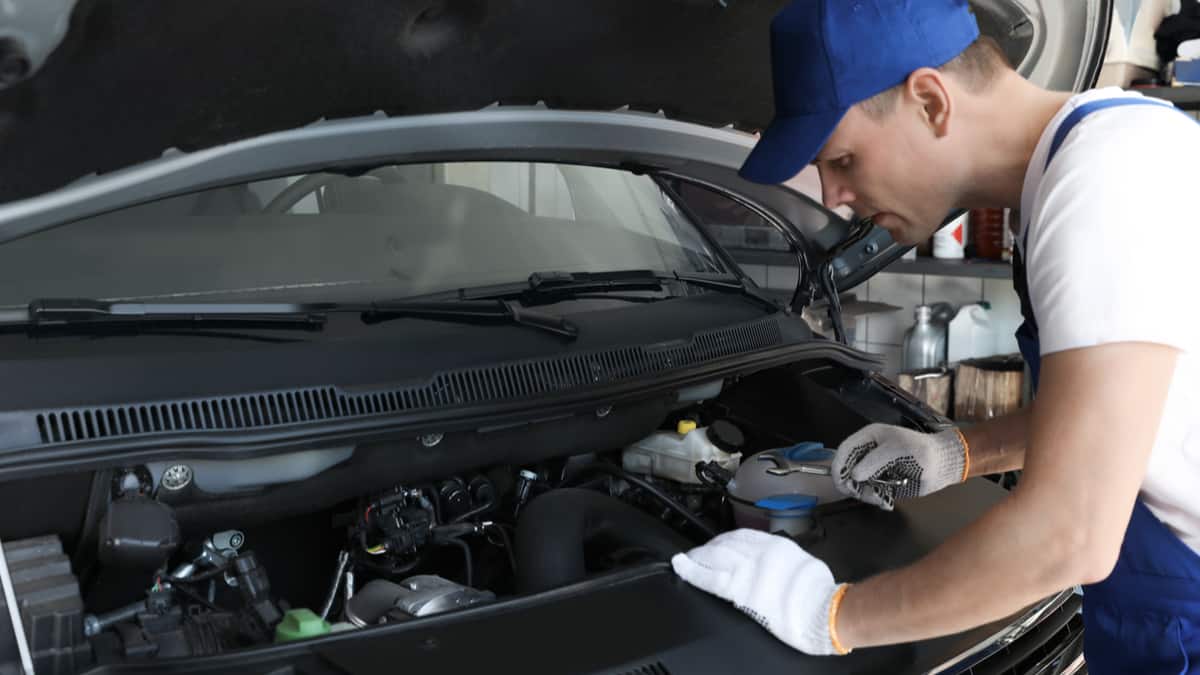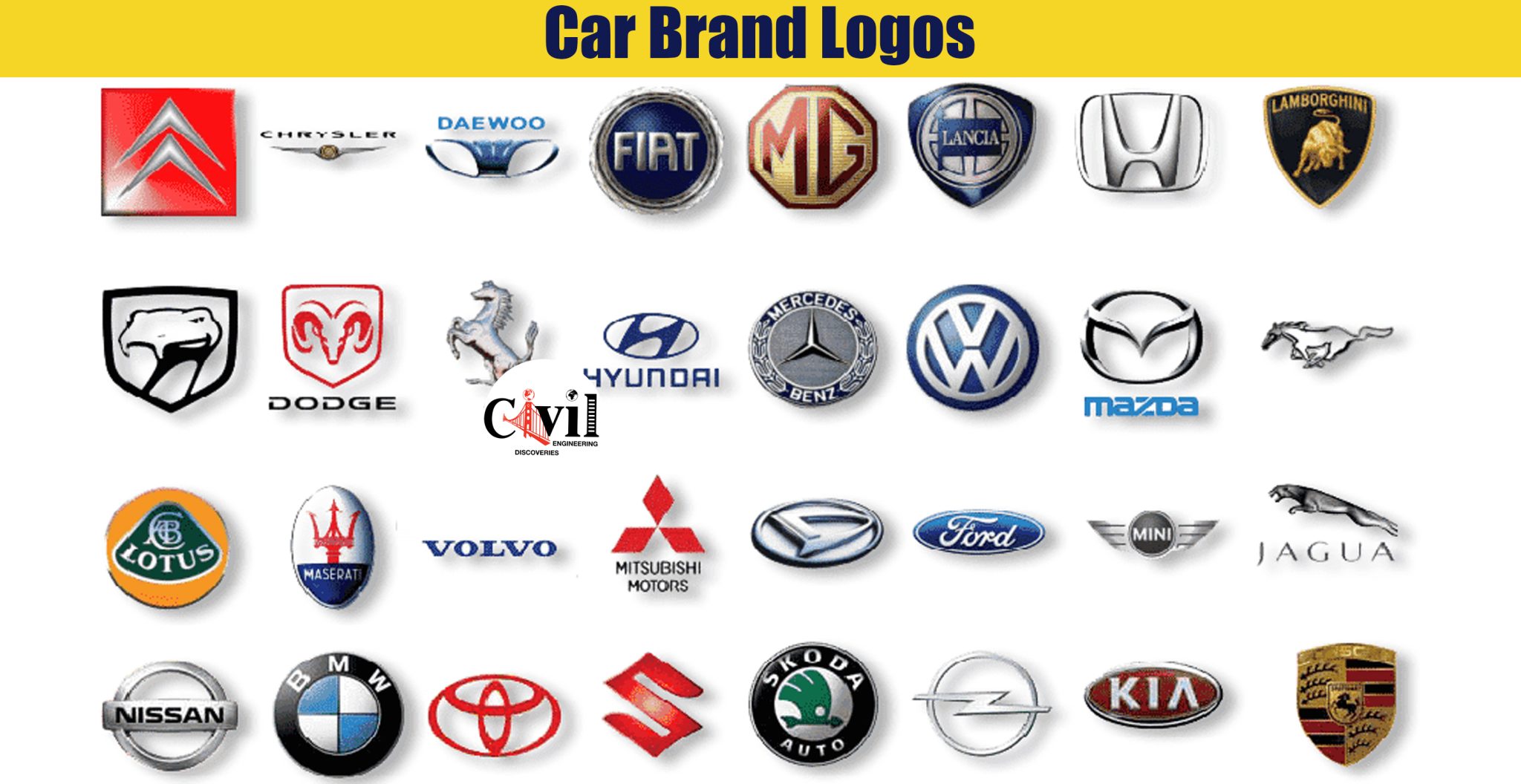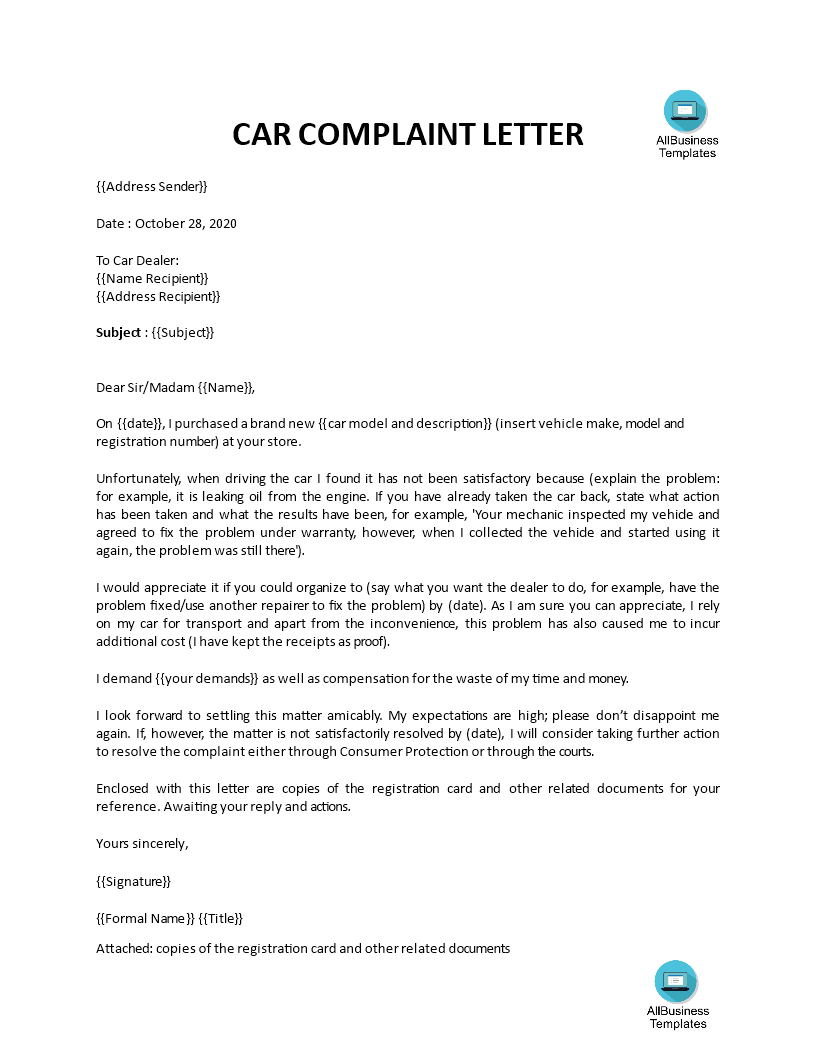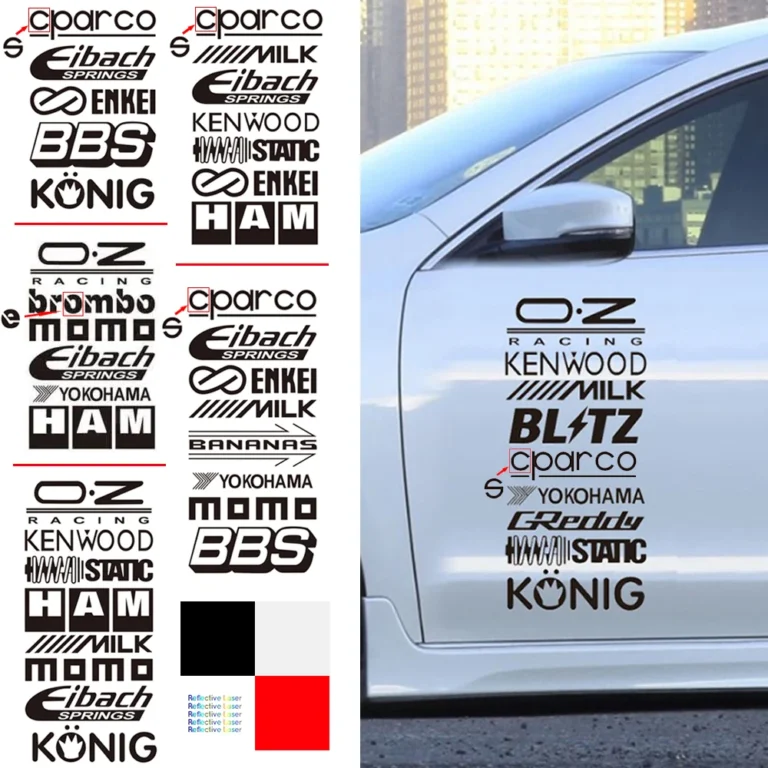Brand New Car Has Problems: Unveiling the Unseen Challenges of New Vehicle Ownership
Brand New Car Has Problems: Unveiling the Unseen Challenges of New Vehicle Ownership cars.truckstrend.com
The scent of a new car, the pristine paint, the untouched interior – it’s a quintessential symbol of aspiration, freedom, and a fresh start. For many, purchasing a brand new vehicle represents a significant investment and a long-awaited dream. There’s an inherent expectation of perfection, reliability, and hassle-free motoring right off the lot. However, the unsettling truth for a surprising number of owners is that a "brand new car has problems." This isn’t just about a minor squeak or a finicky infotainment system; it can range from perplexing software glitches and persistent mechanical issues to significant manufacturing defects.
Understanding that even new cars can come with their share of woes is crucial for managing expectations and, more importantly, knowing how to effectively address them. This comprehensive guide will delve into the reality of new car problems, equip you with the knowledge to identify common issues, provide actionable steps for resolution, and empower you to navigate the complexities of warranty claims and consumer rights, ensuring your new car experience remains as joyful as intended.
Brand New Car Has Problems: Unveiling the Unseen Challenges of New Vehicle Ownership
The Unsettling Reality: Why New Cars Aren’t Always Perfect
While automotive manufacturers strive for perfection, the intricate process of designing, assembling, and delivering a modern vehicle leaves room for error. The complexity of today’s cars, laden with sophisticated electronics, advanced safety systems, and intricate mechanical components, only amplifies these possibilities.
- Manufacturing Defects: Despite stringent quality control, errors can occur on the assembly line. This might include faulty components from suppliers, incorrect installation of parts, or issues with the vehicle’s structural integrity. These can range from minor cosmetic flaws to critical engine or transmission problems.
- Software Glitches: Modern vehicles are essentially computers on wheels. Infotainment systems, engine control units (ECUs), transmission control units (TCUs), and various sensors rely heavily on software. Bugs in this software can lead to erratic behavior, warning lights, system freezes, or even affect performance and safety features.
- Transportation Damage: A vehicle’s journey from the factory to the dealership can be long and arduous, involving ships, trains, and car carriers. During transit, minor dents, scratches, or even more significant damage can occur, often unnoticed until the pre-delivery inspection (PDI) or after the customer takes delivery.
- Dealer Preparation Issues: The PDI process at the dealership is crucial for catching and rectifying issues before sale. However, rushed or incomplete PDIs can miss problems like low fluid levels, uncalibrated sensors, loose connections, or even damage incurred during transit or storage at the dealership.
- "Early Life" Failures: Sometimes, a component might simply be prone to failure early in its operational life, despite passing initial quality checks. This is often due to a latent defect that only manifests after a certain period of use.

Common Categories of New Car Problems
New car problems can manifest in various ways. Being aware of the most common categories can help you identify and describe issues more effectively when seeking resolution.
- Electrical and Software Issues: These are increasingly prevalent. Symptoms include infotainment system freezing or crashing, Bluetooth connectivity problems, erratic warning lights (e.g., check engine, ABS, airbag), malfunctioning sensors (e.g., parking sensors, blind-spot monitors), power window failures, or issues with keyless entry systems.
- Mechanical Issues: While less common in brand new cars, these can be more serious. Examples include unusual engine noises (knocking, ticking, whining), rough shifting or delayed engagement in the transmission, fluid leaks (oil, coolant, transmission fluid), premature brake wear or squealing, alignment issues causing the car to pull, or suspension noises.
- Cosmetic and Fit-and-Finish Issues: These might seem minor but can be highly frustrating on a new vehicle. Look for paint imperfections (swirls, scratches, orange peel), uneven panel gaps, misaligned body parts, interior trim pieces that are loose or don’t fit flush, persistent squeaks or rattles from the cabin, or defective upholstery.
- HVAC Problems: Issues with the heating, ventilation, and air conditioning system can significantly impact comfort. This includes AC not cooling effectively, weak airflow, unusual fan noises, or heating not working properly.
- Advanced Driver-Assistance Systems (ADAS) Malfunctions: Features like adaptive cruise control, lane-keeping assist, automatic emergency braking, or parking assist systems can sometimes malfunction due to sensor calibration issues or software bugs, leading to incorrect warnings or improper operation.


What to Do When Your New Car Has Problems: A Step-by-Step Guide
Discovering a problem with your brand new car can be disheartening, but knowing the right steps to take can alleviate stress and lead to a swift resolution.
-
Document Everything Meticulously: This is your most powerful tool.
- Date and Time: Note when the problem first occurred.
- Mileage: Record the odometer reading.
- Description: Provide a detailed, objective description of the issue.
- Evidence: Take photos or videos if possible (e.g., warning lights, fluid leaks, cosmetic defects).
- Communication Log: Keep a record of all phone calls, emails, and conversations with the dealership or manufacturer, including names of people you spoke with, dates, and summaries of discussions.
-
Consult Your Owner’s Manual: For minor issues or warning lights, your owner’s manual might offer troubleshooting steps or explain what a particular indicator means. Sometimes, a simple reset or a specific procedure can resolve the issue.
-
Contact Your Dealership’s Service Department: This should be your first point of contact.
- Be Clear and Specific: Explain the problem concisely, referencing your documentation.
- Schedule an Appointment: Don’t just show up. Ensure they have time to properly diagnose the issue.
- Request a Detailed Work Order: When dropping off the car, ensure the service advisor accurately records all your concerns on the work order.
-
Understand Your Warranty: Familiarize yourself with the terms of your new vehicle warranty. Most new cars come with a bumper-to-bumper warranty (covering most components), a powertrain warranty (engine, transmission, drivetrain), and a corrosion warranty. Knowing what’s covered will help you advocate for proper repairs.
-
Be Persistent but Polite: Follow up regularly, but always maintain a respectful tone. Frustration is understandable, but aggression can hinder effective communication. If the issue isn’t resolved on the first visit, politely request further investigation.
-
Escalate If Necessary:
- Dealership Management: If the service department isn’t resolving the issue, speak to the service manager, then the general manager.
- Manufacturer Customer Service: If the dealership is unresponsive or unable to fix the problem, contact the manufacturer’s national customer service line. They can often intervene with the dealership or suggest alternative service centers.
- Arbitration/Mediation: Many manufacturers offer impartial arbitration programs to resolve disputes. This can be a less costly and quicker alternative to legal action.
- Lemon Law Attorney: If the problem is substantial, persistent, and unresolvable after multiple attempts, your state’s "Lemon Law" might apply. These laws vary by state but typically provide for a repurchase or replacement of the vehicle under specific conditions.
Preventative Measures and Smart Buying Tips
While you can’t prevent all problems, smart choices and proactive steps can significantly reduce your risk.
- Thorough Pre-Delivery Inspection (PDI): Before you sign any final papers and drive off, perform your own meticulous PDI. Check for paint defects, panel alignment, interior fit and finish, all lights and electrical components, and test every feature (radio, AC, power windows, seats). Don’t rush this.
- Research Reliability: Before buying, consult reputable sources like Consumer Reports, J.D. Power, and owner forums for long-term reliability data and common complaints about specific models.
- Extensive Test Drive: Don’t just drive around the block. Take the car on various roads (city, highway), test all gears, listen for unusual noises, and try out all the infotainment and driver-assist features.
- Read the Fine Print: Understand your warranty terms, any extended warranty options, and the dealership’s return or exchange policies (if any).
- Choose a Reputable Dealership: Read online reviews about the dealership’s sales and, critically, their service department. A good service department is invaluable when problems arise.
The Emotional and Financial Toll: Challenges of New Car Problems
Beyond the technical aspect, dealing with problems in a new car can have a significant personal impact.
- Emotional Burden: The initial excitement quickly turns into frustration, disappointment, and even anger. The feeling of being "ripped off" or having made a bad investment can be distressing.
- Time Consumption: Multiple dealership visits, phone calls, and waiting for repairs consume valuable time that could be spent elsewhere.
- Alternative Transportation Costs: If the vehicle is in service for an extended period and a loaner car isn’t provided, you might incur costs for rental cars, rideshares, or public transportation.
- Diminished Value: While a resolved warranty issue typically doesn’t severely impact value, a vehicle with a history of significant, unresolved problems (especially if it falls under Lemon Law provisions) might suffer from diminished resale value.
Solutions and Consumer Rights
Fortunately, consumers have rights and avenues for recourse when a brand new car has problems.
- Warranty Repairs: Your primary protection. The manufacturer is obligated to repair defects covered under the warranty at no cost to you.
- Recalls: If a widespread safety-related defect is identified, the manufacturer will issue a recall, requiring them to fix the issue for free.
- Lemon Laws: These state-specific laws provide remedies (repurchase or replacement) for consumers whose new vehicles have substantial defects that cannot be repaired after a "reasonable number" of attempts (typically 3-4, or if the car is out of service for a cumulative number of days, e.g., 30 days).
- Arbitration: A neutral third party reviews the case and makes a binding or non-binding decision.
- Legal Action: As a last resort, if all other avenues fail, you may consider legal action.
Potential Costs Associated with Brand New Car Problems and Their Resolution
While most direct repair costs for new car problems are covered by warranty, there are often indirect and hidden costs that can add up.
| Cost Category | Description | Estimated Impact / Range |
|---|---|---|
| Time Loss | Personal time spent on dealership visits, phone calls, research, waiting for repairs. | Significant, immeasurable opportunity cost. |
| Alternative Transportation | Rental car fees, rideshare costs, public transport if your car is in service for extended periods and a loaner is not provided. | $30-$100+ per day (rental), Varies for rideshare/public transport. |
| Legal Fees (Lemon Law) | Costs associated with retaining an attorney for Lemon Law claims or arbitration. Often, successful Lemon Law claims require the manufacturer to pay legal fees. | $0 – $10,000+ (contingency fees common, where you pay only if you win). |
| Diminished Value/Depreciation | If the car has a significant, well-documented issue that becomes part of its history, its resale value might be negatively impacted. | Potentially 5-20% of vehicle value, depending on severity and public knowledge of the issue. |
| Out-of-Pocket Expenses | Minor diagnostic fees if a problem can’t be replicated, wear & tear items not covered by warranty, or if you opt for non-dealer repair (not recommended for warranty issues). | Varies, typically $50-$500+ for minor items. |
| Emotional/Mental Toll | Stress, frustration, disappointment, anxiety, loss of trust in the brand/dealership. | Immeasurable, significant personal impact on well-being. |
| Future Damage (if ignored) | Small issues can escalate into major, expensive repairs if neglected, potentially voiding warranties. | Potentially thousands of dollars in future repairs. |
Frequently Asked Questions (FAQ)
Q1: Are new car problems common?
A1: While not every new car has major issues, minor glitches, cosmetic flaws, or software quirks are surprisingly common. Industry studies often show a significant percentage of new car owners report problems within the first 90 days of ownership.
Q2: What’s the first thing I should do if I find a problem with my brand new car?
A2: Document everything: the date, mileage, a detailed description of the issue, and any photos or videos. Then, contact your dealership’s service department to schedule an appointment.
Q3: How long is a typical new car warranty?
A3: Most bumper-to-bumper warranties for new cars last for 3 years/36,000 miles or 4 years/50,000 miles, whichever comes first. Powertrain warranties often extend longer, typically 5 years/60,000 miles or more. Always check your specific vehicle’s warranty booklet.
Q4: What is a "Lemon Law"?
A4: Lemon Laws are state-specific consumer protection laws that provide remedies for new vehicle owners whose cars have significant defects that cannot be repaired after a "reasonable number" of attempts (usually 3-4 repair attempts for the same issue) or if the car is out of service for a cumulative number of days (e.g., 30 days) due to defects within a certain period (e.g., first 12-24 months or 12,000-24,000 miles).
Q5: Can I return a new car if it has too many problems?
A5: There’s no federal "cooling-off" period or automatic right to return a car simply because it has problems, unless specifically stated in your purchase agreement or if it qualifies under your state’s Lemon Law. Lemon Laws typically result in a buyback or replacement, not a direct return.
Q6: Should I try to fix the problem myself or take it to an independent mechanic?
A6: No. For new car problems covered under warranty, always take your vehicle to an authorized dealership service center. Attempting DIY repairs or taking it to an independent mechanic can void your warranty, making you responsible for the repair costs.
Q7: What if the dealership can’t find or replicate the problem?
A7: This is a common frustration. Provide as much detail as possible, including specific conditions under which the problem occurs (e.g., speed, temperature, driving action). Ask to go on a test drive with a technician to demonstrate the issue. Keep persistent records of all attempts to get the problem diagnosed and fixed.
Conclusion
While the ideal scenario involves a perfectly running new car from day one, the reality is that "brand new car has problems" is a phrase many owners unfortunately come to understand. Far from being an insurmountable hurdle, these challenges are part of the modern automotive landscape. By being informed, proactive, and persistent, you can navigate these issues effectively.
Remember to document everything, understand your warranty, and know your consumer rights. A new car should ultimately bring joy and convenience, not endless headaches. By approaching potential problems with preparedness and a clear strategy, you can ensure that your significant investment remains a source of pride and reliable transportation for years to come.






